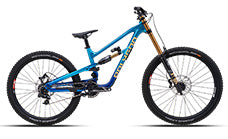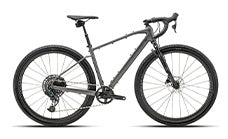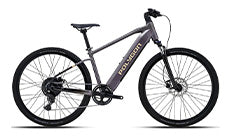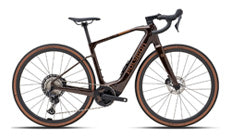SRAM vs. Shimano Mountain Bike Brakes: Which is Best for You?
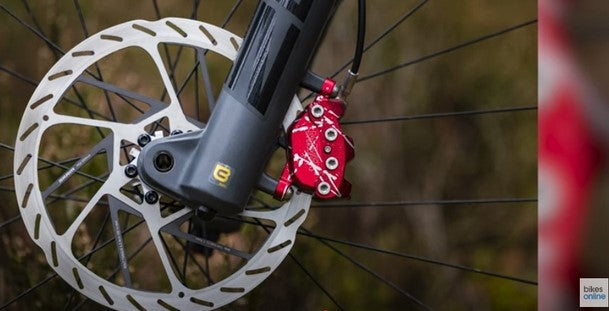
When it comes to mountain biking, the choice of brakes is crucial and can significantly impact your ride. With SRAM and Shimano as leading contenders in the market, each offering unique technologies and features, choosing the right brand can be daunting. Whether you're a downhill daredevil, a trail enthusiast, or a cross-country racer, selecting the right brakes is essential for optimizing your performance and safety. Let’s explore SRAM and Shimano brakes, comparing their braking performance, maintenance requirements, and overall suitability for different riding styles.
SRAM and Shimano Brakes
SRAM and Shimano are giants in the mountain biking world, renowned for their innovative designs and reliable performance. Shimano is famed for its reliability and the immediate response of its Servo Wave technology, which provides quick pad engagement followed by smooth modulation. SRAM, conversely, is known for its gradual engagement, offering riders fine-tuned control, particularly appreciated in technical terrains.
Braking Performance: Power vs. Modulation
Braking performance typically revolves around two key aspects: power and modulation.
-
Shimano brakes are noted for their potent stopping power, making them ideal for steep or highly technical terrains where quick, decisive braking is necessary. However, this intense power can sometimes compromise modulation, making it challenging for riders used to a more gradual brake engagement.
-
SRAM brakes, on the other hand, excel in modulation. They allow for precise braking control, making them preferred by riders who prioritize maneuverability and finesse over sheer stopping force.
Maintenance and Fluid Types
The ease of maintenance is another significant factor when choosing between SRAM and Shimano:
-
Shimano brakes utilize mineral oil, which is non-corrosive and simplifies the bleeding process, making maintenance more straightforward and less frequent. This is particularly beneficial for casual riders or those new to bike maintenance.
-
SRAM brakes typically use DOT fluid, known for its high heat resistance but is more corrosive and requires careful handling. While DOT fluid can be more demanding in maintenance, SRAM has introduced simplified bleeding technologies to improve user-friendliness.
Model Comparisons Based on Riding Style
Both SRAM and Shimano offer various models tailored to different riding styles:
-
SRAM categorizes its brakes into specific series tailored for distinct disciplines:
-
Level series: Best for cross-country, focusing on light weight.
-
G2 series: Suitable for trail riding with a balance of power and responsiveness.
-
Code series: Designed for downhill, maximizing stopping power and durability.
-
Shimano structures its offerings more on price and performance levels, from budget-friendly options like the MT200 to advanced models like the XTR and SLX, which feature sophisticated adjustments and enhanced performance capabilities, suitable for aggressive riding.
Choosing the Right Brakes for Your Style
The choice between SRAM and Shimano brakes ultimately depends on your specific riding needs and preferences:
-
SRAM is ideal for riders who value detailed modulation and control, especially useful in technical terrains where precision is key.
-
Shimano is well-suited for riders who require robust, immediate braking power and a maintenance-friendly design, particularly effective in demanding downhill or high-speed scenarios.
To best determine which brand fits your needs, it's advisable to test both SRAM and Shimano brakes under your usual riding conditions. The right brake system should feel intuitive and boost your confidence, allowing you to tackle any trail with assurance.








